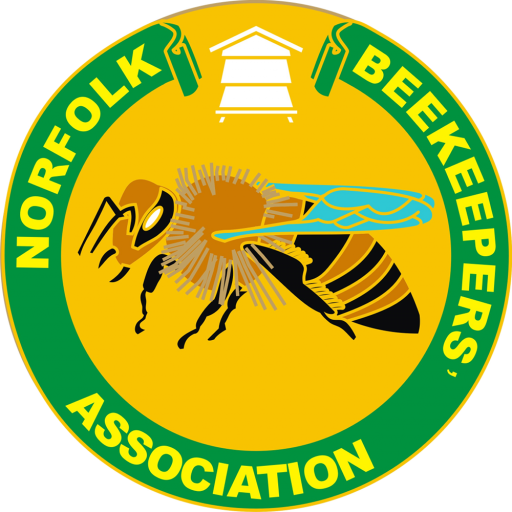Symptoms of Spray Poisoning and What To Do In The Event of Suspected Spray Damage
The most obvious sign of spray poisoning is a quiet apiary as the flying bees will be dead.
Insect death is generally caused by failure of the alimentary system and eventual starvation or by poisons affecting the nervous system leading to a complete lack of co-ordination of normal body functions and, again, leading to death by starvation.
Other symptoms of spray poisoning:
- Large numbers of dead bees outside the entrance (usually when the weather is good and the bees are foraging)
- Dead bees have their proboscis extended
- Fewer foragers at the entrance than usual
- Poisoned bees are injected from inside the hive
- Poisoned bees will be denied entrance to the hive and likely to be trembling, crawling, falling over and spinning on their sides
- The colony is likely to become aggressive and start throwing out infected bees (fighting)
- If the house bees have been poisoned, the colony will be depleted of bees, brood will be uncapped and dead larvae/pupae will be in evidence dead in the cells due to starvation. Finally, there will be a few bees left with the queen and they may abscond
If only the foragers are affected, the colony will recover in around two weeks as new brood hatches and house bees become guards and foragers by natural progression. Honey is not normally affected. Generally poisoned bees are not permitted in the hive and therefore not unloaded by the house bees.
If spray damage is suspected:
- Record as much detail as possible about the incident in case litigation is subsequently involved
- Take photographs of the affected colonies and the sprayed crop if it can be identified
- Inform the Spray Liaison Officer to see whether any spraying was notified in your area
- Inform the farmer if you know which field caused the problem
- Note the weather conditions
- A sample of 300 bees should be collected and sent to the National Bee Unit with a spray incident report detailing:
- Location of affected bees
- The approximate number of bees affected
- Pesticide used, if known
- Name of beekeeper and daytime contact telephone number
- The sample should be sent in a cardboard box, e.g. large matchbox, not in a plastic container
- A spare sample of bees should be taken and stored in the freezer just in case they need to be sent to the Public Analyst
- Feed any remaining bees with 1:1 syrup immediately to dilute any residual toxins in bees’ honey sacs
